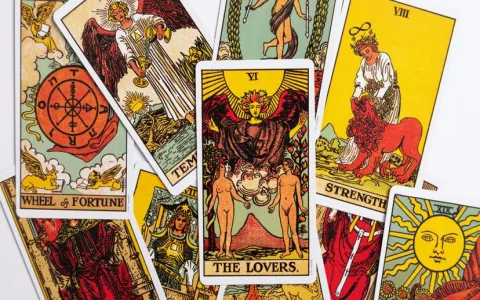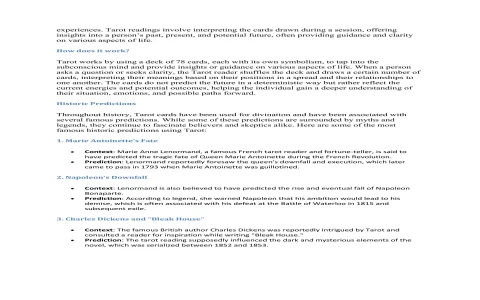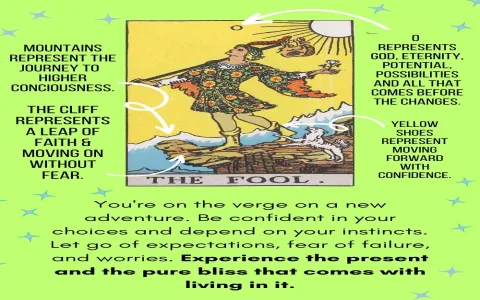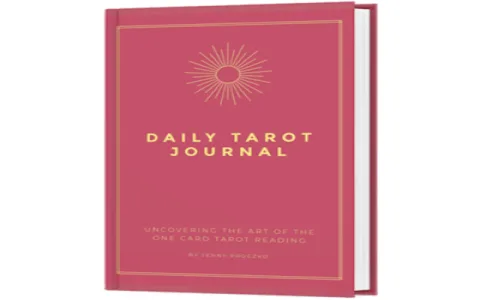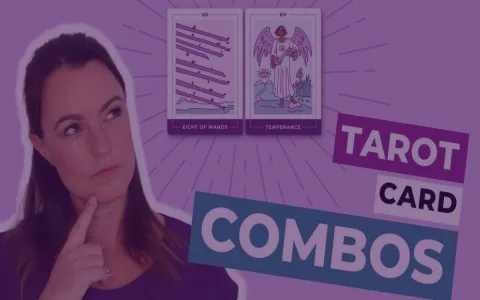Man, when I first started doing readings, maybe four or five years back, I thought it was just about learning the meanings of the cards and throwing down a decent spread. I was totally wrong. That stuff is the easy part. The hard part—the really hard part—was realizing that 90% of the questions people bring to the table are complete garbage. They lead nowhere. You give them an answer, and they walk away feeling either temporarily relieved or totally stressed out, but they never actually do anything.
I was doing these readings for friends, then friends of friends, trying to build up a little side hustle, and honestly, I felt like a fake. People would ask, “Will I get that promotion?” or “When will I meet the one?” I’d draw the cards, lay out the spread, and give them this wishy-washy prediction based on current energy. The cards might scream, ‘Yes, if you hustle and talk to the boss,’ but the client only heard ‘Yes.’ Then they’d sit on their couch and wait for the universe to hand them the promotion.
The Realization: Stop Predicting, Start Planning
It hit me hard one Tuesday night after a particularly frustrating session. The guy wanted to know if he’d move to Austin. I saw roadblocks. I told him what the cards showed—a lot of static energy and missed opportunities unless he actively broke through something. He just nodded and said, “So, maybe next year then.” He completely missed the point that he had to change the energy.
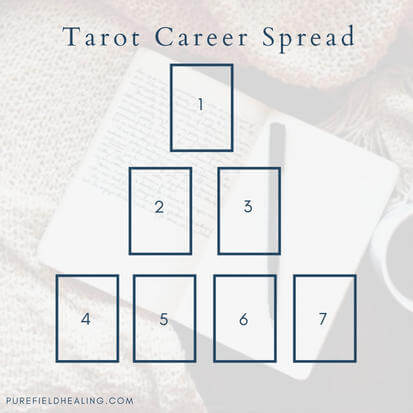
That night, I decided to trash 90% of my initial consultation script. I stopped letting people ask passive questions. My practice shifted entirely. I realized the Tarot isn’t a crystal ball; it’s a high-level strategic planning tool. If you ask a passive question, you get a passive, useless answer. If you want to focus on your future path, you need questions that demand action.
I started compiling a list of “Essential Questions”—the questions that force the client to take agency. It wasn’t smooth sailing. Some clients got annoyed. They paid me to tell them the future, not to force them to think critically about their bad habits. I lost a few early customers because I refused to entertain questions starting with “Will” or “When.” But the clients who stayed? They started getting real, tangible results.
This whole process was trial and error, testing which structures gave the most actionable card pulls. I had to practice being firm, making them rephrase. I learned that the perfect Tarot question always has these three things:
- Agency: It puts the control back on the client.
- Clarity: It focuses on one specific area or choice.
- Action: It asks for how to proceed, not what will happen.
The Practical List: Essential Questions Developed in the Field
This is the core of what I built up over those months of hard practice. This is the stuff that gets you a plan, not just a prediction. I organize them into three categories: current roadblocks, strategic moves, and internal alignment.
First, Clearing the Mess (Internal Alignment):
You can’t map the path forward until you know what baggage you’re carrying. We dig into the mental roadblocks first. I use a small three-card spread just for this set:
- What core belief am I holding onto right now that is actively blocking my progress? (This usually pulls out a Tower or a heavy Sword card, and it hits hard.)
- What is the primary resource (time, energy, money) I need to stop wasting immediately? (Helps define immediate boundaries.)
- How can I shift my focus this week to align my actions with my stated goals? (This demands an action item, usually linked to the suit of Wands or Pentacles.)
Second, Planning the Future Path (Strategic Moves):
Once we’ve cleared the internal garbage, we focus on the path forward. This is where the core future-path planning comes in. These questions work best with a Celtic Cross or a dedicated 7-card path spread.
- If I choose Path A (e.g., taking the new job), what is the single biggest challenge I will face that I can prepare for now? (Forces them to look beyond the immediate benefit.)
- If I choose Path B (e.g., staying put), what hidden opportunities am I overlooking that I should pursue? (Often reveals the overlooked wisdom in the existing situation.)
- What specific skill or piece of knowledge do I need to acquire in the next six months to ensure my success in this area? (Forces commitment to learning, usually pulls a relevant court card.)
- What is the next tangible step I need to take in the physical world to move this goal forward by 10%? (Focuses on measurable, small action—no more massive, vague goals.)
Third, Measuring the Energy (The Check-In):
At the end of the session, I always finish with one check-in question. It’s the wrap-up that summarizes the practical homework they need to do.
- How can I best utilize the energy revealed in today’s reading to start taking action tomorrow? (This pulls the reading together, making sure they leave with a concrete assignment.)
I found that when I started running my readings like this—like a strategy meeting where the Tarot deck is the advisor—the whole dynamic changed. The clients stopped seeing me as a fortune-teller and started seeing me as a coach. They left with scribbled notes, clear instructions, and a focus on what they could change, not just what they had to wait for. That shift in approach? That’s what made the difference between running a flaky side job and actually helping people navigate their lives. It taught me that the questions are always more important than the answers.
It took the pressure off me, too. I wasn’t responsible for predicting their outcome; I was just responsible for giving them the best guidance on their chosen path. That’s why these essential questions are now the only questions I care about. They turn a vague reading into a future plan you can actually hold in your hands.

